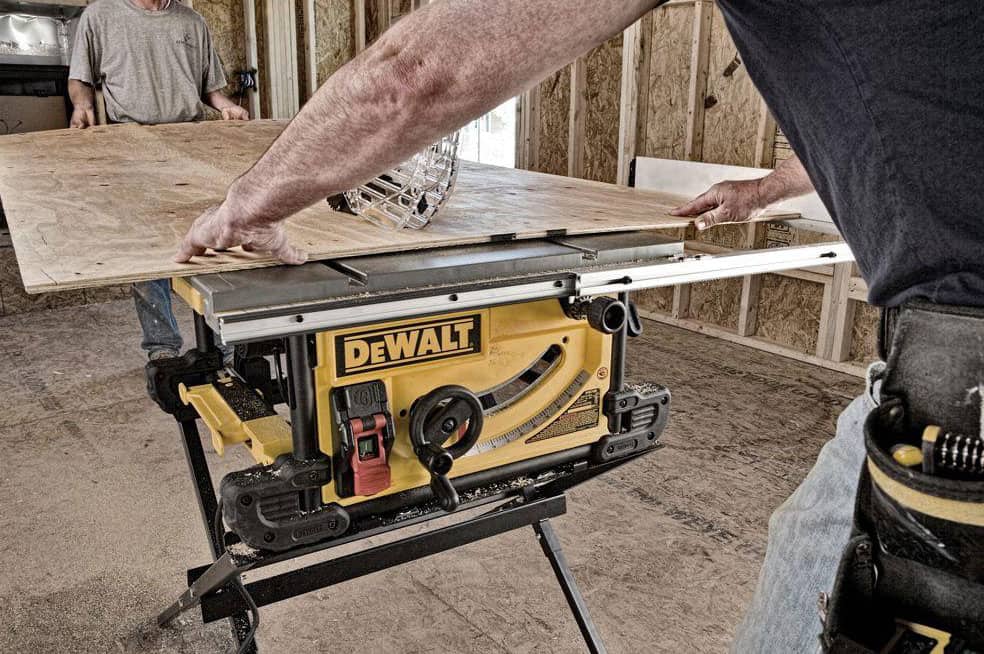

If you do remove any belts or drive systems, take at least one photo beforehand so you have a reference for how to put it all back together. If you’re feeling motivated, or your saw is particularly dirty, you can take off the motor and belts to more thoroughly clean around them. On many saws, you can reach these from the top, but you may get better access by crawling underneath. Using a brush, compressed air, and a shop vac, clean all of the sawdust out of the arbor (the shaft that holds the blade), arbor nut, and drive gears. Sawdust collects just about everywhere in a table saw, and can impede performance over time. This type of reverse threading keeps it tight while the blade spins.ģ.

Note: The arbor nut holds the blade in place, and you may have to turn it right instead of left to get it off.

Then loosen and remove the arbor nut to take off the blade, using the wrenches that came with your saw. This is the piece the blade juts out of, and there should be a locking screw holding the plate in place. First, raise the blade as high as it will go, and then remove the throat plate. You don’t want to risk an electric shock or accidentally turning the saw on when your hands are in the danger zone.Ģ. Never work on your saw, or any tool, while it has any connection to power. A plugged-in table saw is a dangerous table saw.

Fortunately, a return to square is a relatively quick process and requires only a few tools.


 0 kommentar(er)
0 kommentar(er)
